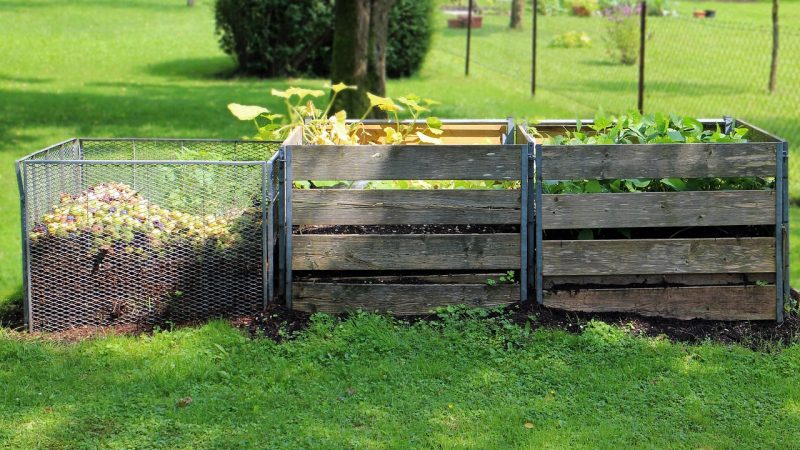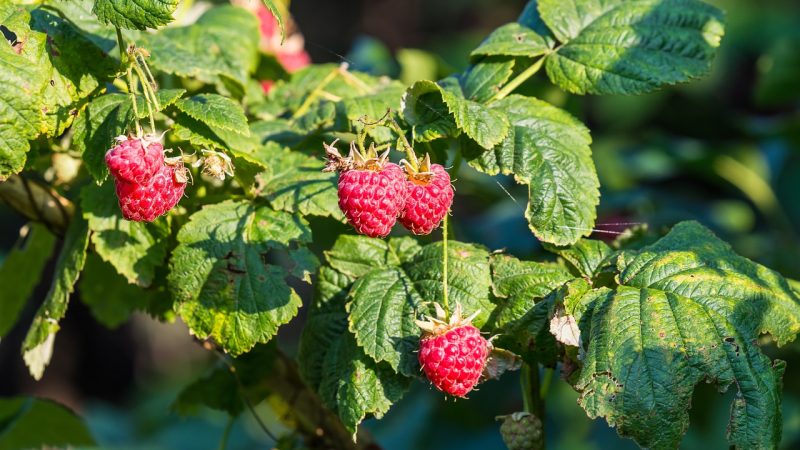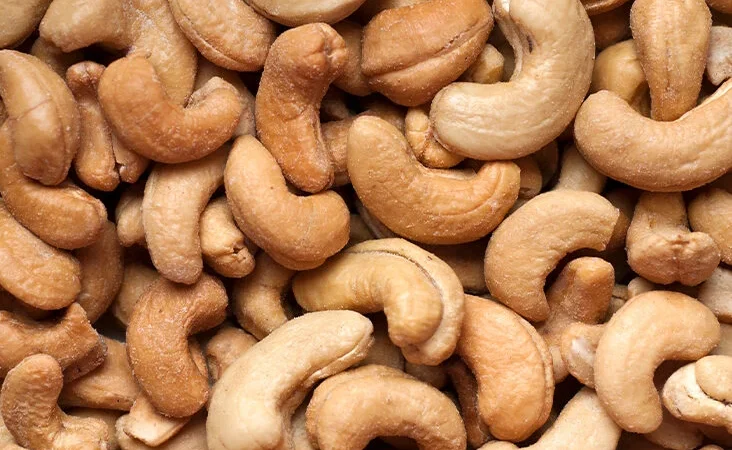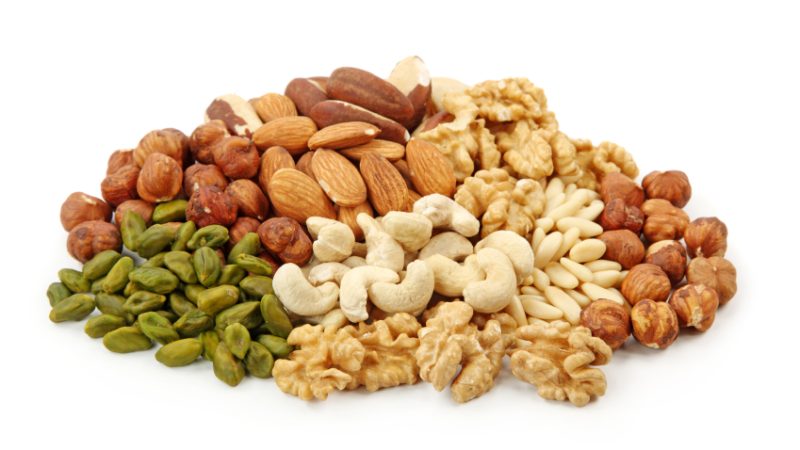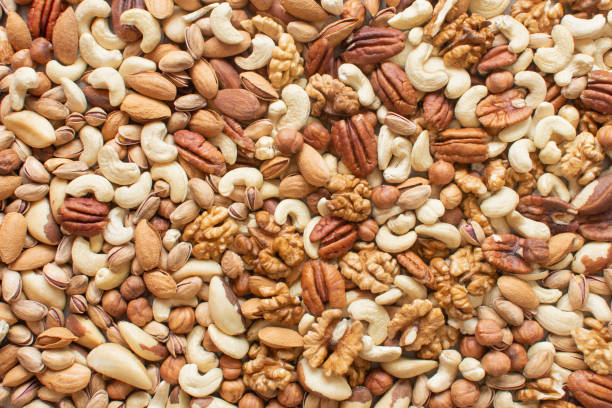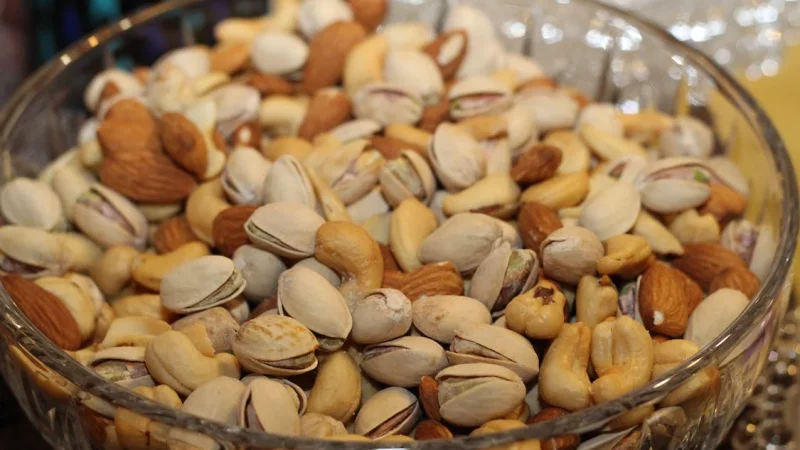Edible chestnuts (Castanea sativa) are a type of nut that are highly nutritious and widely consumed around the world. Here are some key facts about edible chestnuts:
- Nutritional profile: Edible chestnuts are a good source of carbohydrates, fiber, and several important micronutrients, including vitamin C, potassium, and folate.
- Versatility: Edible chestnuts can be eaten raw or roasted, and can be used in a variety of sweet and savory dishes. They are commonly used in stuffing, soups, stews, and desserts.
- Health benefits: Edible chestnuts have been linked to several health benefits, including improved digestive health, reduced inflammation, and improved heart health.
- Seasonal availability: Edible chestnuts are typically harvested in the fall and early winter months. They can be purchased fresh or dried, and are often roasted before consumption.
- Growing conditions: Edible chestnut trees thrive in temperate climates with well-drained soil. They are relatively easy to grow and can produce a large yield of nuts per tree.
- Other uses: In addition to their culinary uses, chestnuts have been used for centuries in traditional medicine for their anti-inflammatory and antioxidant properties.
Overall, edible chestnuts are a versatile and nutritious food that can be enjoyed in a variety of ways. They are a good source of important nutrients and have been linked to several health benefits.


